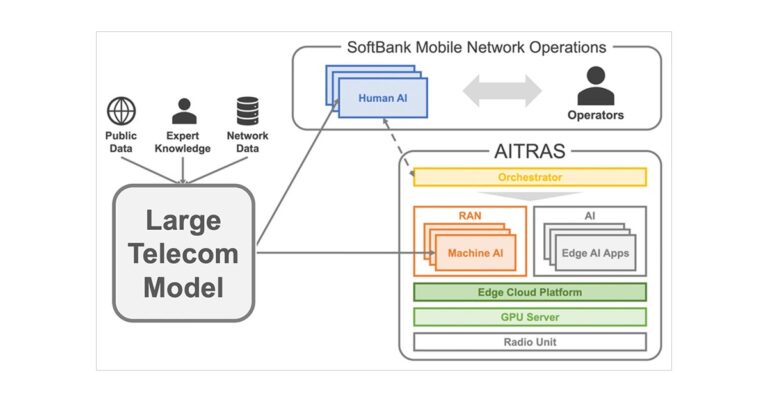During the recent ETTelecom 5G Congress 2025, key players in the Indian telecommunications sector, including Bharti Airtel, BSNL, Reliance Jio, and Vodafone Idea, along with industry regulators and technology providers, shared significant updates and insights. Here are the highlights from the event, which took place on March 24, 2025.
India‘s 5G Growth Forecast: 1 Billion Users by 2030
Neeraj Mittal, the telecom secretary, announced that India is on track to reach 1 billion 5G subscribers by 2030, accounting for approximately 74% of mobile subscriptions in the country. He emphasized the transformative impact of 5G, AI, and IoT on various industries, highlighting their role in enhancing connectivity and innovation. Additionally, the Department of Telecommunications has developed AI-based solutions like SancharSaathi to enhance telecom security.
India’s Push for Indigenous Telecom Chips and AI
The Ministry of Electronics and IT (MeitY) in collaboration with the Department of Telecommunications is developing an indigenous mobile chip as part of India’s self-reliance efforts in the semiconductor sector. This initiative is expected to bolster AI applications and support the growing telecom infrastructure.
How 5G and AI Are Driving Telecom Revenue in India
Manish Sinha from the DoT highlighted that the Indian telecom sector is poised to hit the Rs 4 lakh crore revenue mark soon, driven by technological advancements like 5G, which continues to attract new subscribers and business opportunities. The integration of AI and IoT is anticipated to further enhance productivity and service delivery in the telecom sector.
5G Network Now Covers 84% of India’s Population
Chandra Sekhar Pemmasani, minister of state for communications, stated that 84% of India’s population now has access to 5G services, thanks to rapid deployment and affordable data plans. This expansion is part of a broader effort to democratize digital access and boost the digital economy in India.
Airtel’s Strategy for Scaling 5G Fixed Wireless Access (FWA)
Bharti Airtel‘s CTO, Randeep Sekhon, discussed the critical role of 5G FWA in expanding home broadband services. He stressed the need for cost-effective solutions, particularly leveraging mmWave technology, to overcome capacity constraints and continue the growth of FWA in India.
Jio‘s Emphasis on AI, FWA, and the Road to 6G
Reliance Jio is making significant strides in AI and FWA, with ambitious plans to transition from 5G to 6G. Shyam P Mardikar, Jio’s President and Group CTO (Mobility), revealed that during the ICC Cricket World Cup finals, Jio handled a record-breaking 50 crore GBs of data in one day. Jio is also heavily involved in global standards development for 6G, aiming to move from following to setting these standards.
Vodafone Idea’s Strategic 5G Rollout
Jagbir Singh, CTO of Vodafone Idea, shared that the company is taking a phased approach to its 5G rollout, focusing on a seamless user experience and leveraging AI for network optimization. Despite the challenges, Vi is committed to ensuring high service quality and exploring new innovations in AI, IoT, and blockchain facilitated by 5G technology.
BSNL‘s Selective 5G Deployment
BSNL is also gearing up to expand its 5G services, starting with select cities, according to CMD Robert J Ravi. The state-owned operator aims to complement its existing 4G network with 5G to retain subscribers and enhance service offerings.
GSMA‘s View on India’s Role in Global Telecom
Julian Gorman, Head of Asia Pacific at GSMA, praised India’s potential to lead next-generation telecom innovations and called for modernized regulations to tackle challenges like spam and scam communications. He emphasized the importance of an open and secure digital ecosystem and lauded India’s efforts in setting global standards.
These discussions at the ETTelecom 5G Congress 2025 underscore the dynamic evolution of India’s telecom landscape, driven by 5G adoption, AI integration, and strategic industry collaborations. The future looks promising as these technologies continue to reshape connectivity and open new avenues for innovation and growth in the digital era.
























